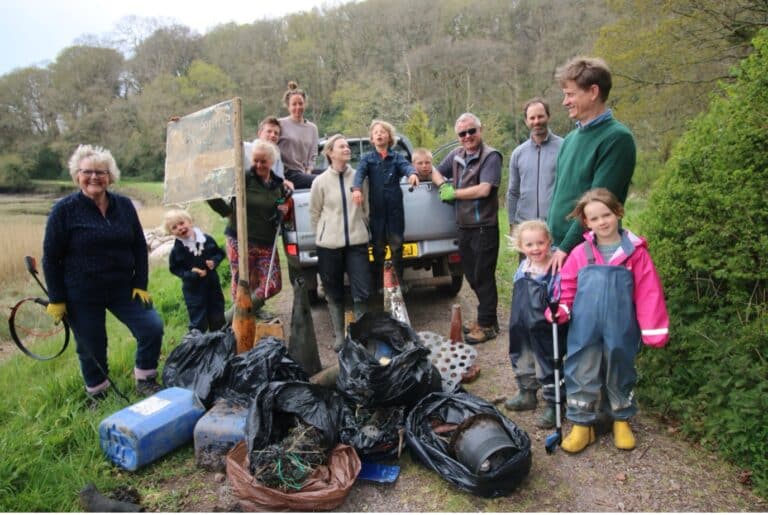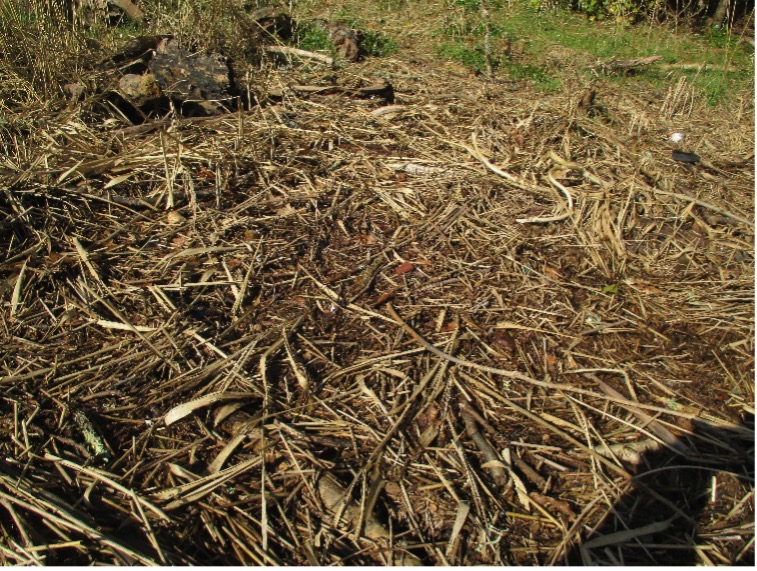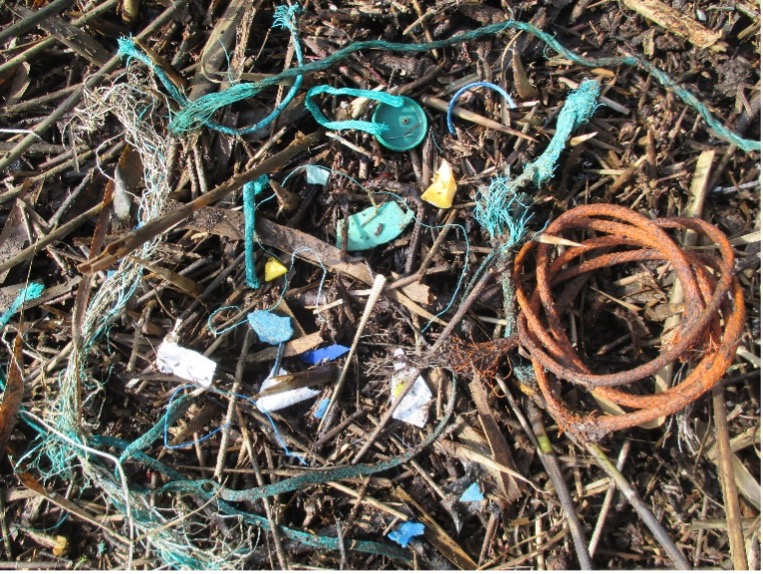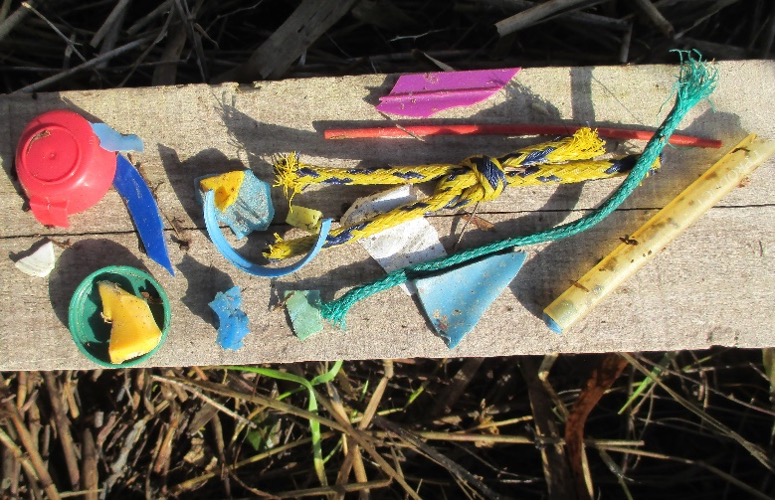River clean reveals how plastics break down in the environment
We welcomed some new recruits to our 14 strong volunteer group for the March river clean on the Erme near Holbeton. Once again we noticed an area where some tree limbs appeared to be acting as a trap, creating an accumulation of debris. While the larger items were easy to spot, the reed beds, at first glance, seemed to comprise mainly organic matter from decaying reed stems. But they concealed an insight into just what happens to waterborne plastics once they enter the environment.

Plastics are everywhere
Scratching only just below the surface revealed how plastics break down. The combination of salt water and sunlight (UV) make the plastic brittle, a process known as photodegradation. Tidal agitation then breaks the plastics into smaller and smaller pieces. This breakdown can result in the leaching of harmful chemicals such as phthalates, often called ‘everywhere chemicals’ found in plastic food containers and packaging. Bisphenol A (BPA) is another leached chemical used in polycarbonate plastics like water bottles and for epoxy resins used in food cans and bottle tops. Salt water accelerates the breakdown and the released chemicals can have a toxic effect on marine life and ecosystems.
Removing the visible plastics and other debris before it starts to breakdown is a very positive first step and really makes a difference, as the full bags of collected debris show.
Huge thanks to everyone who joined this and other river cleans along the Erme at Ivybridge and Ermington.



